A Wedding Photographer’s Look at the Tamron SP 24-70mm f/2.8 Di VC USD
Dustin Abbott
December 14th, 2012
How does this lens perform in a demanding environment?
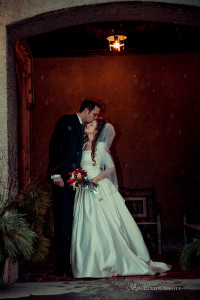
The day dawned grey, first with freezing drizzle that turned to a wet snow – sounds like every bride’s dream day, right? But thanks to some great locations, a cooperative wedding party, and some great gear, I was able to get a lot of images that I am proud of for this new couple…and they are thrilled, too.
Several weeks ago I posted my review of the new Tamron SP 24-70mm f/2.8 Di VC USD lens which has been pretty well received. In some of my follow-up discussions with other photographers, I mentioned that I would be using the lens shortly in a wedding situation for the first time. There was a lot of interest in that, because the expectations and demands of a lens used commercially are different than that of a hobbyist. There were some requests that I do a follow-up with my conclusions.
At this stage in my photography experience, I think I would call myself pretty critical. I have not owned lenses that cost multiple thousands of dollars, but I have owned and do own quite a few that retail at a thousand dollars or more. I’ve used some great lenses, some mediocre ones, and some terrible ones, and have determined that I’m not satisfied with mediocrity.
So, my demands going in were fairly high. I have shot weddings solely with primes, namely a 35mm, 50mm, 85mm, 100mm, and a 135mm. Going this route gives you nice image quality, to be sure, but can also lead to some framing challenges. The reality is that you don’t have enough time to be deliberate in key moments of shooting a wedding, particularly in a ceremony. Even in the posed bridal party pictures there is frequently a time deadline that can be further complicated by any number of things, not least of which is uncooperative weather. I like the more unique look that a great prime can produce. I love shooting with narrow depth of field. When I am shooting portraiture, I will grab a prime almost every time. But event work is, by nature, different. You simply don’t always have the time to change lenses or even to carry on you the number of lenses you need. All of these prime lenses I use are a minimum of f/2 at maximum aperture (excluding the 100L Macro lens, which is f/2.8). In most cases the zoom gives up one stop of light. That being said, in many cases one does not have the opportunity to shoot wide open at a wedding (you need a slightly larger depth of field to get multiple faces in focus). So, you end up stopping down to anywhere between f/4-f/8. In this case the Tamron actually has one advantage over most primes: image stabilization. It is easier to handhold it in most cases than even a 35mm prime.
With that in mind, I decided that I needed a large aperture standard zoom for this kind of situation. I did a lot of research before investing in the new Tamron SP 24-70mm f/2.8 Di VC USD. I have already written an extensive review of the lens here, so I would advise you to take a look at that if you haven’t already. This is not an extensive review, but more of a journal specifically from the perspective of a wedding photographer.
I shot the wedding last weekend (also performed the ceremony as the officiating minister, so I had a second shooter to shoot the actual ceremony with my wife supplementing her). In many ways it was a high stake wedding, namely because I had been the bride’s pastor for more than a decade and wanted her pictures to be special. I mention this for two reasons: a) I was intentionally critical of performance and b) to also note that I did not have to shoot all of the key moments of the ceremony with the lens). That being said, I used the lens for about 70% of the pictures that I took before and after the wedding and during the reception. I supplemented it with two excellent primes: the Canon EF 100mm f/2.8L Macro IS (some portraits, ring and cake shots) and the Canon 135mm f/2L (portraits and event). These are two of my favorite primes. I will often use a 1.4x teleconverter with the 135L in events to create a nearly 200mm f/2.8 prime with excellent image quality – and a lot less weight than a zoom at that focal length.
Finally, a few remarks about the day to establish context. This was a winter wedding. It was grey, and alternated between snow and frozen drizzle. At no point was the light exceptional. Secondly, by the time we got to our primary shooting destination after the ceremony, there was less than an hour of natural light before complete dark conditions. The interior where we shot had nice ambient lighting for mood, but it was very low for capture. I shot first with two speedlites (a Canon 580exII and a Canon 430exII) with wireless triggers shot through translucent umbrellas. For my wide shots of the wedding party I was still shooting at ISO 2000. I shot nothing at truly low ISOs throughout the day. My lowest ISO with any posed pictures was ISO 1000 with the bride and groom when I moved to fixed lighting of two 400watt equivalent daylight CFLs shot into gold and silver reflective umbrellas. So even with the 5D’s great ability to handle noise, I still wasn’t at the optimum end of noise conditions.
Here are my conclusions:
Focusing Speed
I have noted that focusing speed is quick but not on par with the best USM motors in my review. That being said, probably the best compliment to the Tamron is that I actually didn’t
really think about it while using it for this event. That means that it was functioning well enough to not be a consideration. It is very quiet, so doesn’t remind you of it by buzzing like some standard motors. My keeper rate was also very, very high (which, to be fair, is usually the case with most of my gear because I am a fairly deliberate shooter). I had perhaps two instances in either challenging light or a focusing situation without a great “edge” to grab onto where there was some hunting. I know that in at least one of those cases my 100L hunted as well, and I consider the AF performance in it to be generally excellent. My 5D MKII is not exactly renowned for its AF performance; I will be interested to compare performance when I upgrade to the MKIII.
I would say, however, that the Tamron easily lived up to my expectations in that type of situation. With the MKII it can be a bit scary to go out to the outer AF points where focus is less reliable, but there are situations when shooting at wider apertures where this is necessary to achieve critical focus. This was particularly true when I went low to shoot wide angle full length shots of the bride (against backlighting). I am happy to say that even in those types of situations the AF remained accurate.
In conclusion, now more than ever I would not hesitate to continue to use the lens professionally. I felt that it performed well for that use, and I have used it in more traditional event settings (church services, for example) and have been pleased with its performance there.
Image Quality
I mentioned earlier that the two other primes I used in the shoot are very, very highly renowned for their image quality. They are amongst the better optics in the world. To be clear: I didn’t (and don’t) expect the zoom to compete with them at a pixel level (and it generally doesn’t). What I was looking for is a consistency in look where there was not a glaring difference in image quality from lens to lens. I was not at all disappointed with the performance I got. First, it is not a problem to use the lens wide open (at f/2.8). It is sharp and contrasty already. This is important, because it enables you to use stopping down for what its purpose should be: managing depth of field. I don’t hesitate to use the lens wide open.
At its best, the lens is very, very sharp. Remember that I was frequently shooting at high ISO and yet even at 1:1 magnification some images are incredibly sharp. At worst, it is still very good/usable. I get some variation in sharpness even when using the 135L; I am more disappointed then because I expect everything to be mind-blowing with it. I will be interested in seeing how it performs on a camera body with a more robust AF system. I finished going through nearly 700 pictures with a very good feeling about the lens and its performance. It worked well throughout its focal range without a noticeable drop-off at any focal length. I feel that it would suit most photographers doing similar work very well. If the image quality is not sufficient, the only superior option is the new Canon 24-70mm f/2.8L MKII or to use primes. Of course six months ago most wedding photographers were still using the MKI of that lens, and its image quality is actually inferior to the Tamron’s.
I can certainly attest that the bride and groom were impressed with how crisp their images were!
Bokeh, Macro, Etc…
I find the Tamron to be a very versatile tool. It does excellent at close focus distances for some nicely artistic narrow depth of field purposes. The lens resolves very highly at its minimum focus distance. These decoration shots show its potential in these types of situations.
In most cases I find that I am actually very pleased with the bokeh that it produces. I did some shots in front of a Christmas tree with very out of focus highlights and was, in a couple of instances, able to produce the “onion” effect of concentric lines within the bokeh highlight. This was visible at natural magnification in one series of shots of decorations; it was visible at 1:1 magnification in another of the bride and groom kissing. A quick adjustment brush that I developed for softening backgrounds removed that within seconds, however, so I don’t believe that to be a significant issue for me (the image to the left was the worst offender with the “onion bokeh”). Many lenses produce a similar effect, although I personally wish this one didn’t. Overall I find that the general shape and smoothness of the bokeh in most situations is actually surprisingly pleasing for a zoom lens in this focal range.
I was very pleased with the color rendition right out of the camera on most shots. One segments needed some tweak to the white balance (very yellowy light), but the color rendition from the lens is very nice. In most cases I tweaked color only if I was processing for a particular look. I anticipate being able to shoot this lens in a more colorful time of year; I have only owned it so far in November and December. In Canada, that tends to be one of the more drab times of year. I found the color to be a very good match to the other lenses I was using with it.
I have now used this lens in rain, snow, and freezing drizzle. I have used it out in temperatures of 10F/-15C and have not had a bit of issue with anything. The construction seems like it will last. I have not had one lens error of any kind.
Conclusion
I think that most wedding photographers would find this lens to be a very valuable tool. At one point I shot a series with the bride and bridesmaids at 1/15 shutter speed in a posed setting. That simply wouldn’t be possible (without a tripod) without the excellent VC system on the lens. The lens goes quite wide (more like 23mm than 24mm, according to my tests) and allows for a fairly dramatic framing on a full frame body; the 70mm end (more like 64-65mm) is long enough to throw the background nicely out of focus if you get in close. It covers at least three classic focal lengths; 24mm, 35, and 50mm – all very competently. Not worrying about switching lens is great.
The lens isn’t light, particularly when mounted on a professional body with a professional flash on top, but is no heavier than any of its competition and in some cases a bit lighter. Most importantly, it just works.
I’m sharing several images to let you judge for yourself. Everything in this article (and the gallery below) was taken by me with this lens during the day of the wedding. Click on any of the images to open the gallery. Thanks for reading!
Dustin Abbott (December 14, 2012)
- A beautiful backlit picture of the bride before the wedding.
- As a father myself, these moments are always very poignant.
- The finishing touches of getting ready.
- The mob…err…groomsmen, I mean 🙂
- After seeing some of these pictures, the groom said, “everyone should get married in winter!”
- It was grey and snowy…but still beautiful!
- This is right out of camera other than the adjustment brush to remove the “onion” from the bokeh.
- I love the elegance of the setting for these shots.
- Time around the tree…
- The bokeh rendering on these shots was very nice!
- Special moments in the new Mr and Mrs. life!
- A naturally elegant image.
- They weren’t really dancing here, but I love the cinematic angle here.
- I am fond of this type of shot because it is great for elongating the bride’s torso.
- The bride’s look here is so purely happy. I love it!
- This sign went down the aisle ahead of them, so I knew we had to work it into the pictures.
- This lens does a fantastic job in this kind of setting.
Great News! I can now offer a 5% discount on all purchases at Amplis Foto, Canada’s Leading Photographic Supplier. Please enter discount code: AMPLIS52014 in your cart. It is good for everything in your cart, andis stackable with other coupons, too! It will take 5% off your entire order! If you want to go directly to this lens, click here: Proceeds go towards keeping this site going and providing you with new reviews!
DISCLAIMER: This article and description contains affiliate links, which means that if you click on one of the product links, I’ll receive a small commission. As an Amazon Associate I earn from qualifying purchases.
2 thoughts on “A Wedding Photographer’s Look at the Tamron SP 24-70mm f/2.8 Di VC USD”
Leave a Reply
You must be logged in to post a comment.










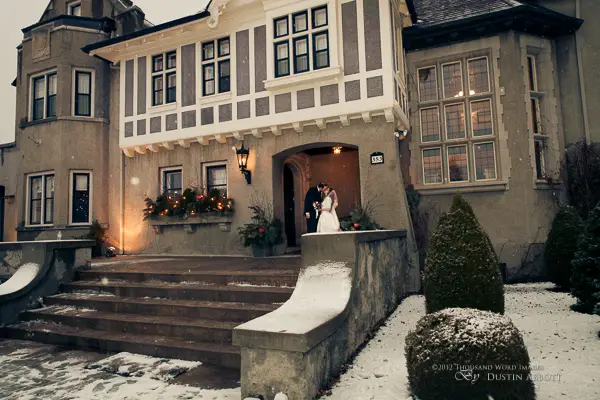
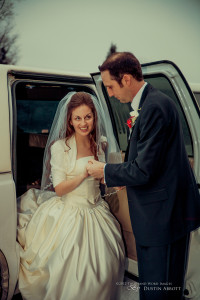
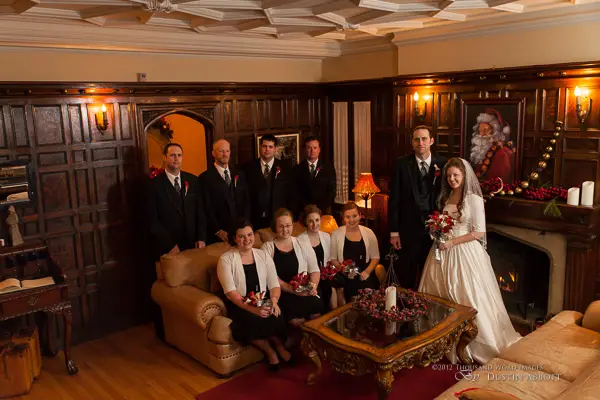
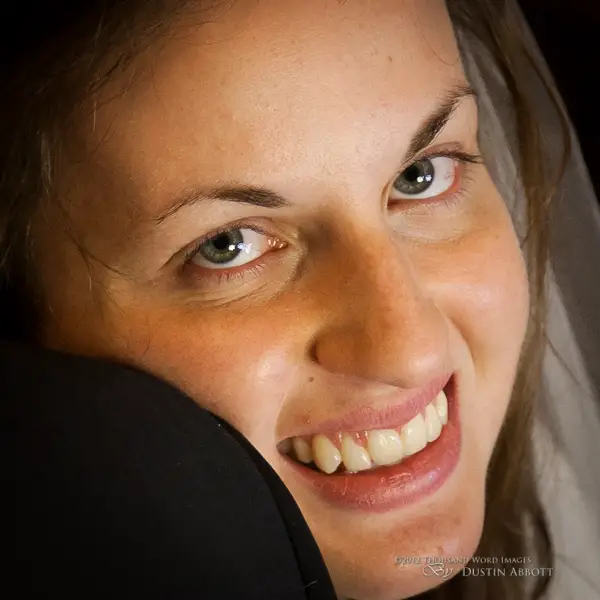

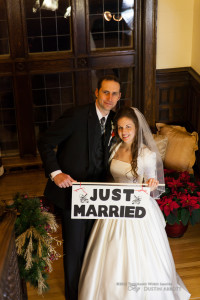
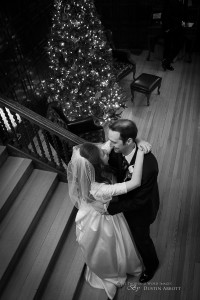
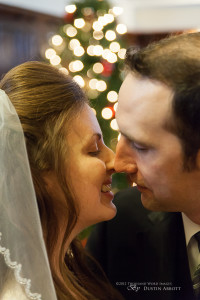
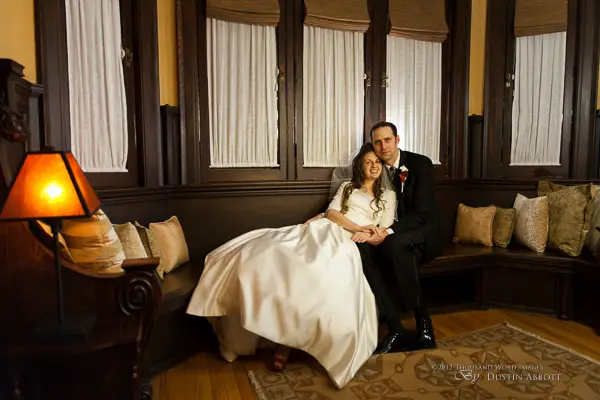
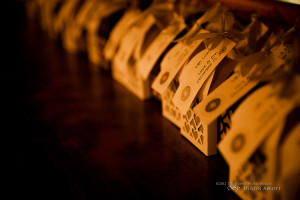
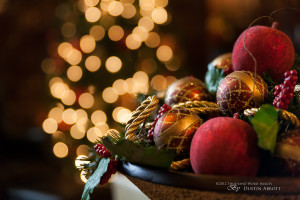
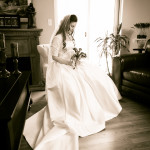
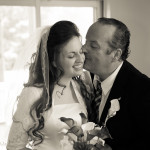
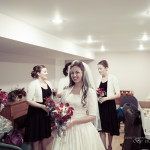
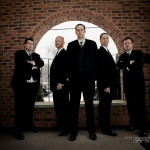
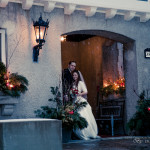
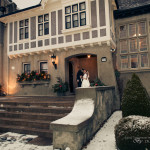
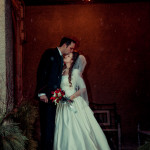

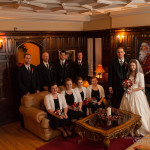
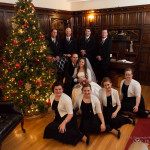
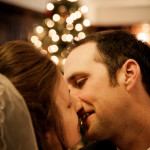
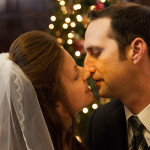
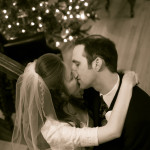
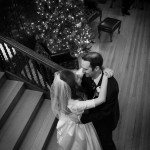
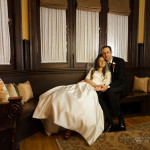
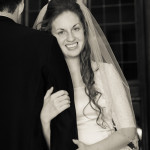
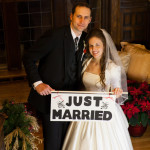
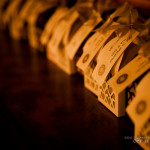
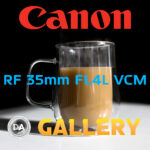 Canon RF 35mm F1.4L VCM Gallery
Canon RF 35mm F1.4L VCM Gallery  Canon RF 35mm F1.4L VCM Review
Canon RF 35mm F1.4L VCM Review 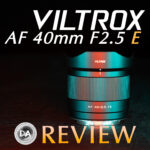 Viltrox AF 40mm F2.5 E-mount Review
Viltrox AF 40mm F2.5 E-mount Review  Nikon Z8 Gallery
Nikon Z8 Gallery 
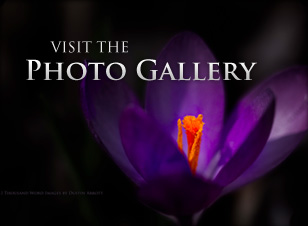


Beautiful wedding shots. I would think the bride and groom were very delighted with your work. I purchased the Tamron 24-70mm f2.8 VC usd a very short time ago for my Nikon DSLR. I was looking at the Nikkor 24-120mm f4 vr2 however I really wanted a f2. 8 not a f4 for subject isolation shots. The extra reach of the Nikkor was tempting and I never bought a Tamron lens before so I was unsure of the quality. Now that I have had this lens for a period of time I am very pleased. The quality of build is as good as the 24-120 but not likely as good as the Nikkor 24-70 which is a all metal tough lens. The Tamron appears to be pretty tough too though but what I really like is the quality of the pics I get. Very sharp and good auto focus.
All in all for the price it is a very, very good quality lens and one that I think that most photographers looking for a mid range zoom would be very happy with. Right now I am using it on a APS-C Nikon however one of the reasons for this lens over a DX is that my next camera in the future will be FX so I am setting up my lens kit with this in mind. On my present camera the Tamron is not as wide as I would like however I have a Tokina 11-16 that presently fills that void. Again I agree with all your findings on the Tamron 24-70mm f2.8 VC usd. They are what I have also found with this lens.
Glad to hear you are enjoying the lens. It has served me very well for the past four years!